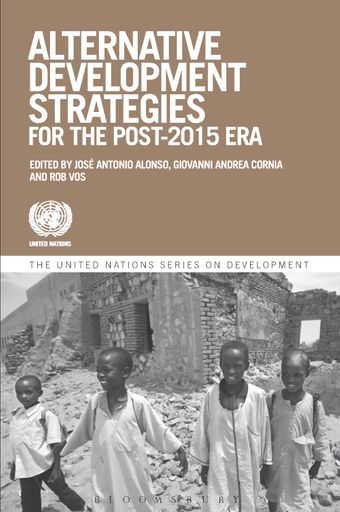Building a stable and equitable global monetary system

- Authors: Bilge Erten and José Antonio Ocampo
- Main Title: Alternative Development Strategies for the Post-2015 Era , pp 253-286
- Publication Date: December 2014
- DOI: https://doi.org/10.18356/0c01df73-en
- Language: English
The recent global financial crisis brought back the reform of the international monetary system into the center of global policy debates. Major concerns have been the problems generated by the fact that a national currency remains at the center of the global monetary system, the recessionary (or deflationary, as they are usually called) effects of the asymmetric adjustments of deficit vs. surplus countries during crises, and the possible recessionary effects of the accumulation of large amounts of reserves as a precautionary measure by developing and emerging economies (“self-insurance”, as it has come to be called). One of the large holders of dollar reserves called for the gradual replacement of the dollar with the Special Drawing Rights (SDRs) at the center of the system (Zhou, 2009), bringing the world back to similar calls made during the early 1970s (Williamson, 1977). However, the collapse, at that time, of the Bretton Woods arrangement led to what effectively can be characterized as a global monetary “non-system”.
© United Nations
ISBN (PDF):
9781472533265
Book DOI:
https://doi.org/10.18356/f10d15b3-en
Related Subject(s):
Economic and Social Development
Sustainable Development Goals:
-
From This Site
/content/books/9781472533265c014dcterms_title,dcterms_subject,pub_keyword-contentType:Journal -contentType:Contributor -contentType:Concept -contentType:Institution105
/content/books/9781472533265c014
dcterms_title,dcterms_subject,pub_keyword
-contentType:Journal -contentType:Contributor -contentType:Concept -contentType:Institution
10
5

